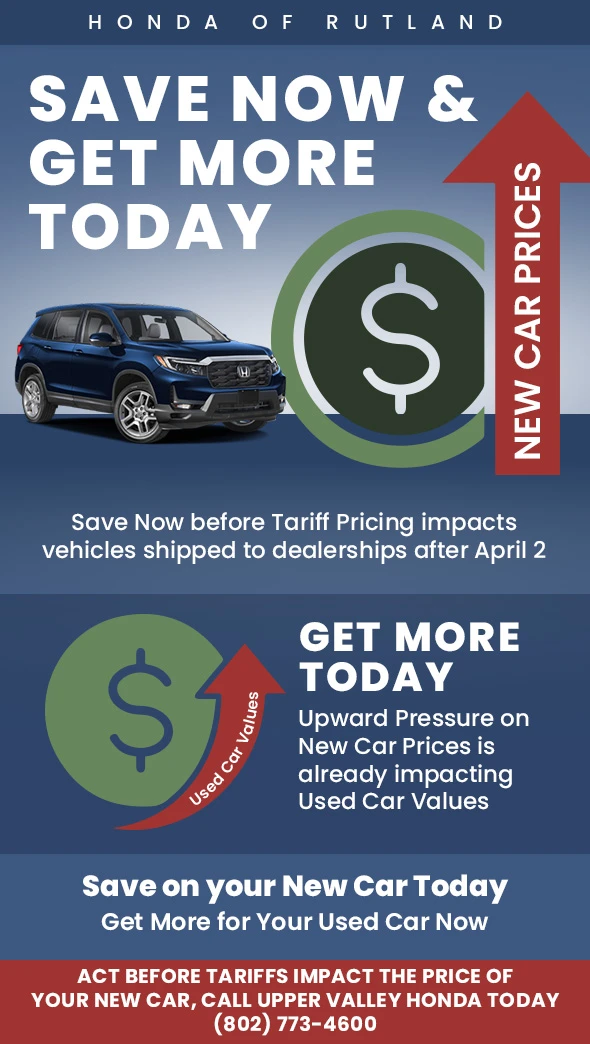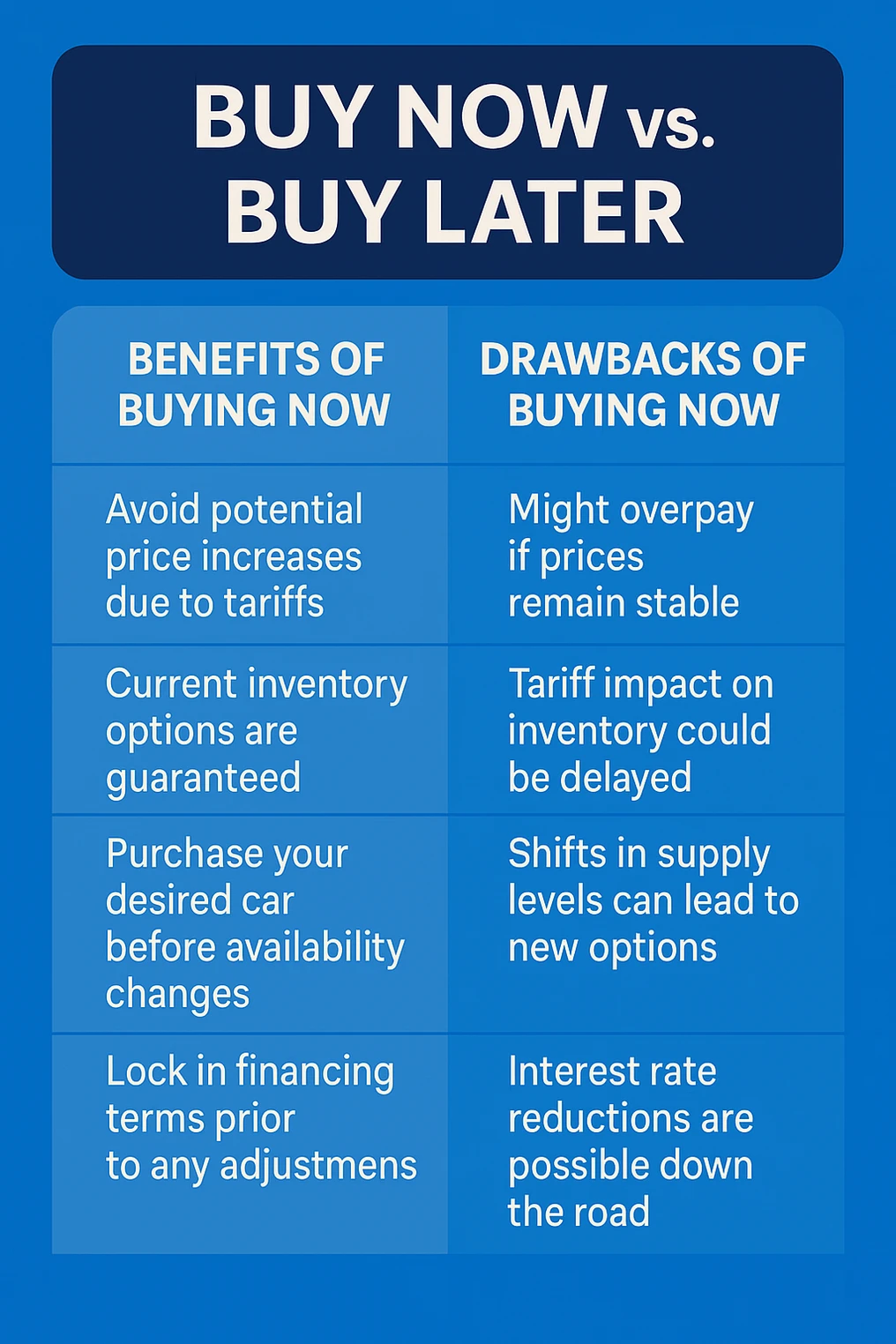

What Do the New Auto Tariffs Mean for Honda Buyers?
In the wake of newly imposed auto tariffs, the automotive industry finds itself at a critical inflection point. For Honda buyers in particular—those considering the purchase of reliable, fuel-efficient, and technologically advanced vehicles—understanding the implications of these trade policies is essential. These tariffs will not only influence the strategic direction of global automakers like Honda but also directly impact consumer pricing, vehicle availability, and timing of purchase decisions.
Will Honda Vehicle Prices Increase?
Yes, price increases are highly probable.
Auto tariffs function as taxes levied on imported goods, including vehicle components and fully assembled vehicles. Honda, while having significant manufacturing operations in the United States, continues to rely on a globally integrated supply chain. Many of its parts—particularly for popular models such as the CR-V, Accord, and Civic—are sourced from international suppliers. If these parts are subject to tariffs, the resulting increase in production costs will likely be reflected in the manufacturer’s suggested retail price (MSRP).
While Honda has historically absorbed cost increases to maintain market competitiveness, there is a threshold beyond which these expenses must be passed on to consumers. Prospective buyers should therefore anticipate a potential increase in pricing across certain models and trims, particularly those with higher import content or specialized configurations.
What About Honda Vehicles Already on Dealer Lots?
For the discerning Honda buyer, there is a narrow and strategic opportunity in the current dealership inventory. Vehicles currently available on the lot were manufactured and shipped prior to the enforcement of the new tariffs. Consequently, their pricing structures do not yet incorporate increased production costs.
This provides a limited window in which buyers may acquire a new Honda vehicle at pre-tariff pricing. However, dealerships may begin to adjust pricing strategies and reduce promotional incentives as they prepare for more expensive restocking. Buyers should act decisively if they identify a model that aligns with their needs and budget.

FAQ: What Honda Buyers Should Know About Auto Tariffs
Q: What are auto tariffs?
Tariffs are government-imposed taxes on imported goods. In this context, they apply to automotive parts and vehicles imported from foreign countries.
Q: Do tariffs apply to all Honda vehicles?
Not all, but some. Honda produces many of its U.S. market models domestically. However, trims, specialty models, or parts may still be imported and subject to tariffs.
Q: How much could Honda prices increase?
While estimates vary, price increases could range from $1,000 to $3,000 depending on the model, origin of components, and overall import exposure.
Q: Will financing and leasing be affected?
Yes. As vehicle prices rise, financing amounts and lease payments will also increase. Lenders may adjust rates or terms in response to macroeconomic pressures.
Q: Are Honda hybrid or electric models affected?
Potentially. Models like the Honda Accord Hybrid or the upcoming Honda Prologue EV may incorporate imported battery systems or parts subject to tariffs. However, government EV incentives may help offset some of these costs.
Q: What about used Hondas?
Used Honda vehicles may see a price increase due to higher demand as new car prices rise.
Will Honda's Vehicle Supply Be Affected?
Yes, the tariffs have the potential to disrupt the availability and diversity of Honda models in the United States.
Honda has already undertaken efforts to localize production of core models—such as the Accord (Ohio), CR-V (Indiana and Ohio), and Pilot (Alabama)—in order to minimize exposure to foreign tariffs. However, specialty models and certain trims may still be produced abroad or require components from tariff-affected regions. As a result, consumers may encounter longer wait times, reduced dealership stock, or temporary discontinuation of certain configurations.
The long-term impact may include further investment in U.S.-based production, but such structural changes take time. In the interim, limited availability could constrain consumer choice and potentially drive up demand for certain in-stock models.
Proceed with Insight and Purpose
Honda has long been synonymous with quality, innovation, and value. However, even a global leader in automotive efficiency cannot remain untouched by international trade disruptions. For the prospective Honda buyer, the current environment demands careful consideration of market timing, pricing trends, and inventory availability.
While tariffs may eventually lead to greater localization and domestic job growth, their near-term effects include pricing volatility and inventory constraints. Buyers are advised to stay informed, evaluate dealership offerings closely, and consult with Honda specialists to navigate these evolving conditions confidently and effectively.
